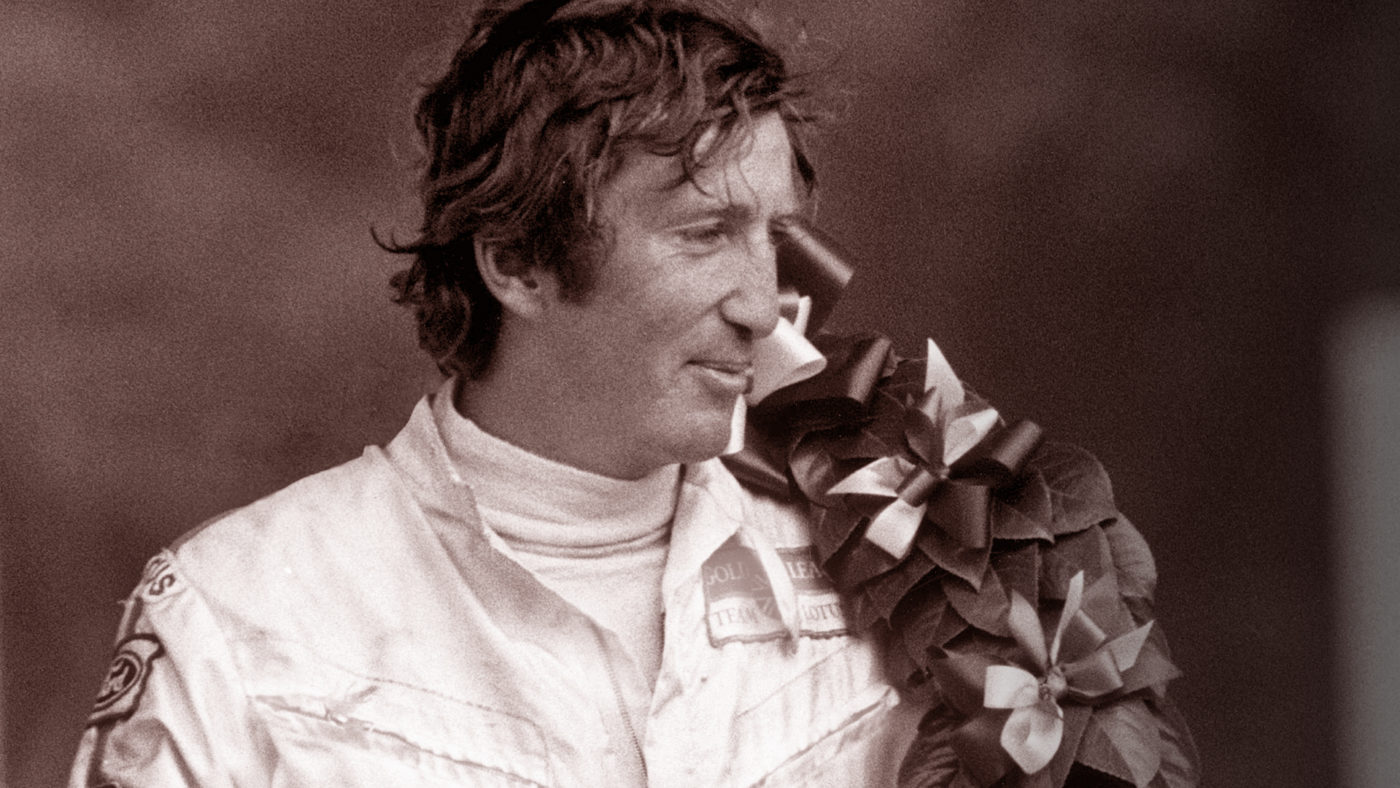Exhibitions archive

Habitat Graz
Between art and urbanism, science and storytelling, the exhibition invites us human inhabitants to get to know more about our non-human neighbours and their urban habitats. By unveiling old and new relations, the exhibition opens up spaces for urban research and co-creation. Habitat Graz shows and imagines a city where life forms and spaces are interconnected, valued, and cared for. Chime in!

In the gardens and courtyards of Graz
Front gardens, inner courtyards, Heimgärten and community gardens offer a place for quiet relaxation, somewhere for growing biodiversity and for new or revived concepts of urban cultivation. They can have a positive effect on the health and mental wellbeing of city dwellers and even influence how they choose to get around. The exhibition also shows, among other things, how urban green spaces serve as movement routes for non-human residents through their networking.

Protest!
The exhibition “Protest!” explores the diversity and creativity with which people have made and continue to make their voices heard. It offers opportunities for participation with hands-on stations for visitors. And there is room for bringing in one’s own (protest) experiences.
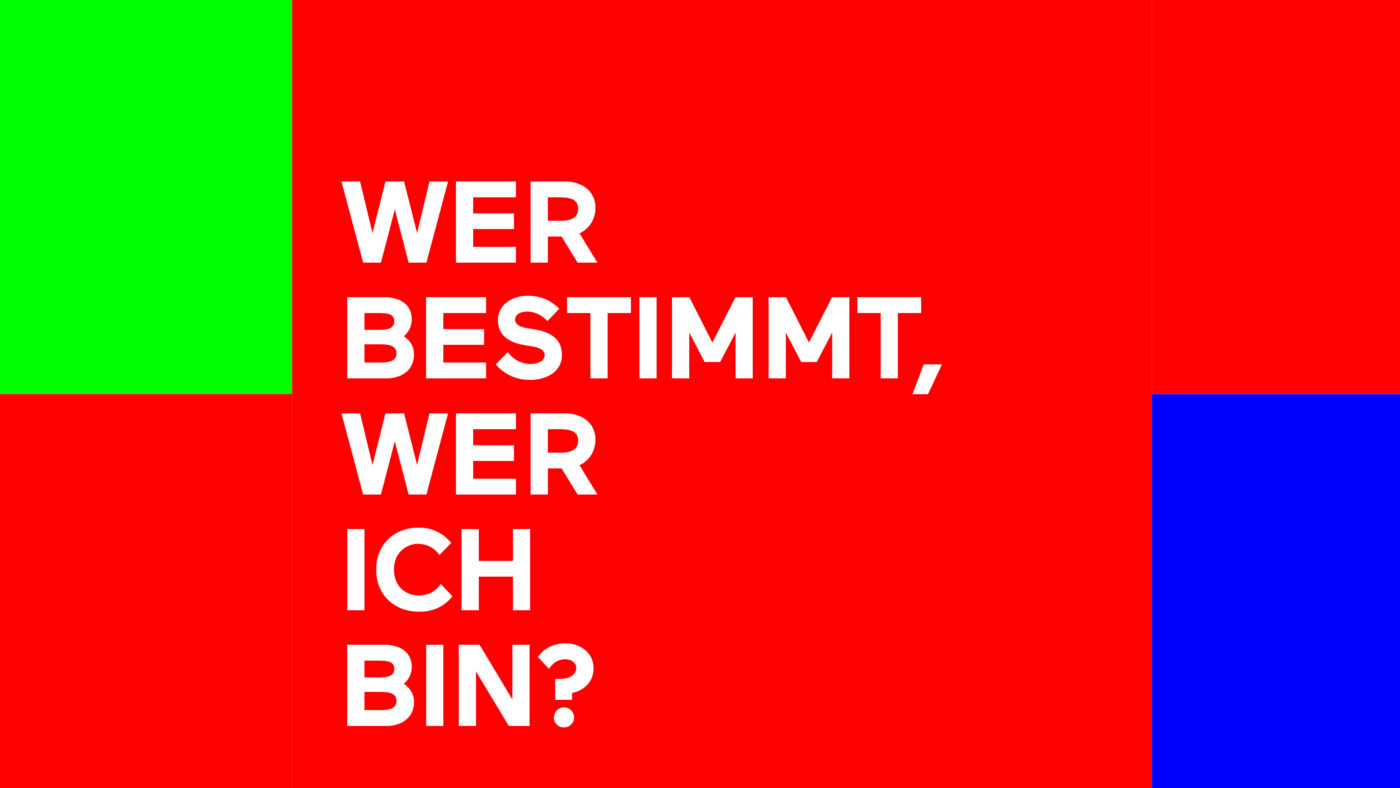
ReThinking IDENTITIES – Who defines who I am?
Written evidence and representations on clay vessels are the main sources of information on daily life and the role of men and women in society. Potters decorated the vessels and pyxides with scenes from aristocrats’ everyday life and habits. In this exhibition, we focus on three key objects which connect identities from antiquity to today’s world.

ReThinking CRAFTSMANSHIP – How can we preserve crafts?
The project show aims to highlight different types of craftsmanship in relation to natural materials and the processes they undergo, how they relate to the current discourse on sustainability and environmental issues, and their relevance in cultural heritage.

Out of Iran
This exhibition examines a previously almost unknown chapter in Graz’s post-war migration history, exploring the everyday life of the Iranians in Graz, how they studied, started families and their cultural participation from the 1950s to the 1970s, as well as the protests against the political system in their home country.

Magic Marisa
For the first time, an exhibition is dedicated to the life and work of the actress Marisa Mell. Born in Graz in 1939, she is one of the most sought-after women in flashy, self-indulgent European cinema in the 1960s and 1970s.
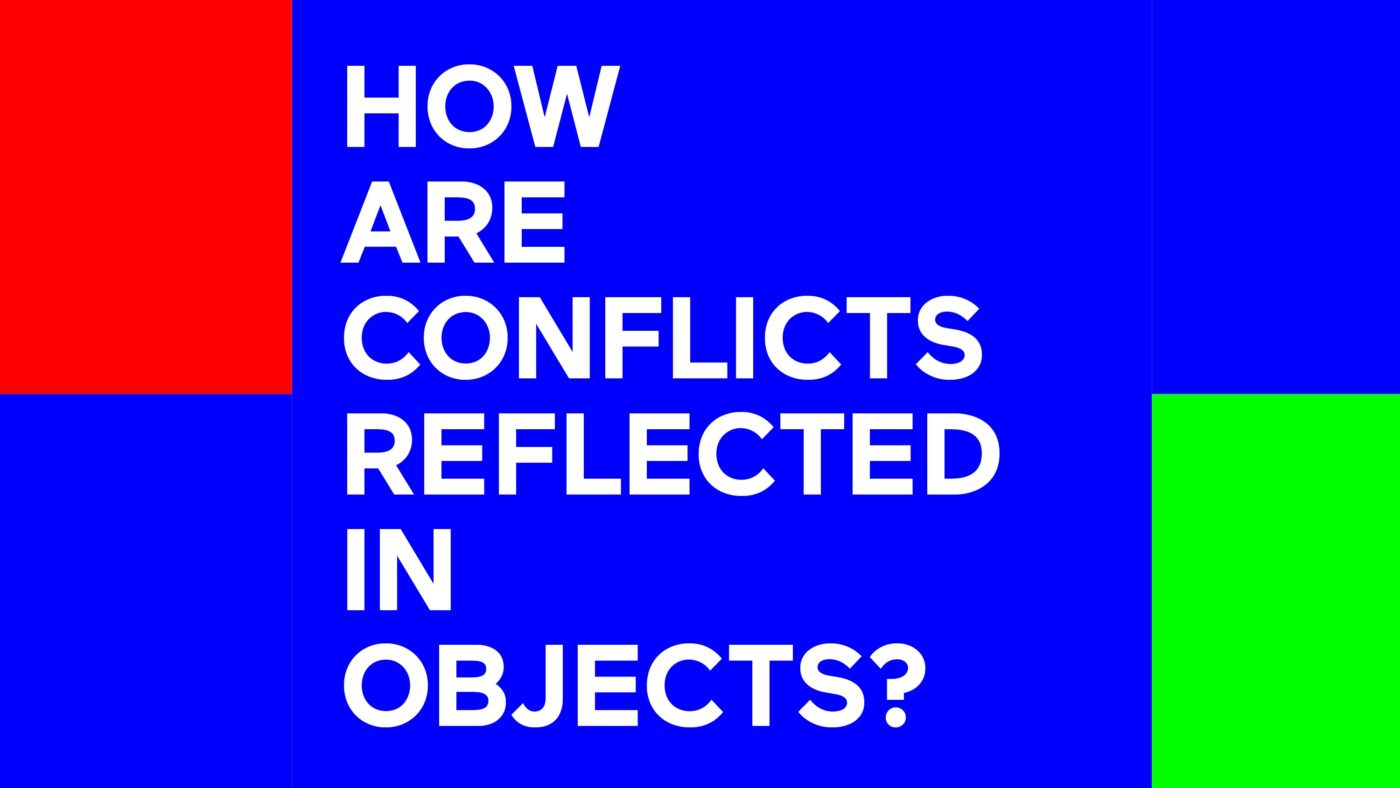
ReThinking CONFLICTS – How are conflicts reflected in objects?
In the project show “ReThinking CONFLICTS” we approach three different historical conflicts and contexts from different perspectives through three objects. These perspectives reveal the complexity of conflicts and encourage us to challenge traditional narratives. The objects on display come from the museum collections in Graz, Athens and Nicosia.

Jewish Life in Graz
The exhibition of Graz Museum is dedicated to the history of the Jewish population from the first documentary mention (1147 Styria, 1261 Graz) to the present day.

Graz Posters 1920–1955
The inclusive exhibition presents sketches and posters from the Graz Museum's collection, which can be experienced, among other things, by means of listening, touching and smelling stations.

Once there was and once there wasn’t
The new online exhibition and audio experience is designed as a growing collection of folk tales told by female migrants from countries along the ancient Silk Road and illustrated through contemporary art photography.

exakt! The World of Anton Paar
What began as a locksmith’s shop in 1922 has long since become a family-run global group. At Anton Paar, there is a special spirit of innovation that combines working out high-tech solutions with traditional craftsmanship. This spirit takes centre stage in the exhibition at the Graz Museum: What does Anton Paar actually do and what does Anton Paar stand for? What is behind the world of surveying and measuring?

Coulda, Woulda, Shoulda…
The exhibition shows the close symbiosis that Graz entered into with the new invention of the modern bicycle in the late nineteenth century: As a stronghold of early cycling clubs and a centre of the bicycle industry, as a scene of lively bicycle activism from the 1970s onwards and a city for ambitious visions of the future.

The City as a Data Field
With its contribution to the extended Cultural Year 2020, the Graz Museum addresses current technological and societal developments concerning the city in general and Graz in particular. The exhibition imparts knowledge, promotes an understanding of the present and encourages exchange between city residents.
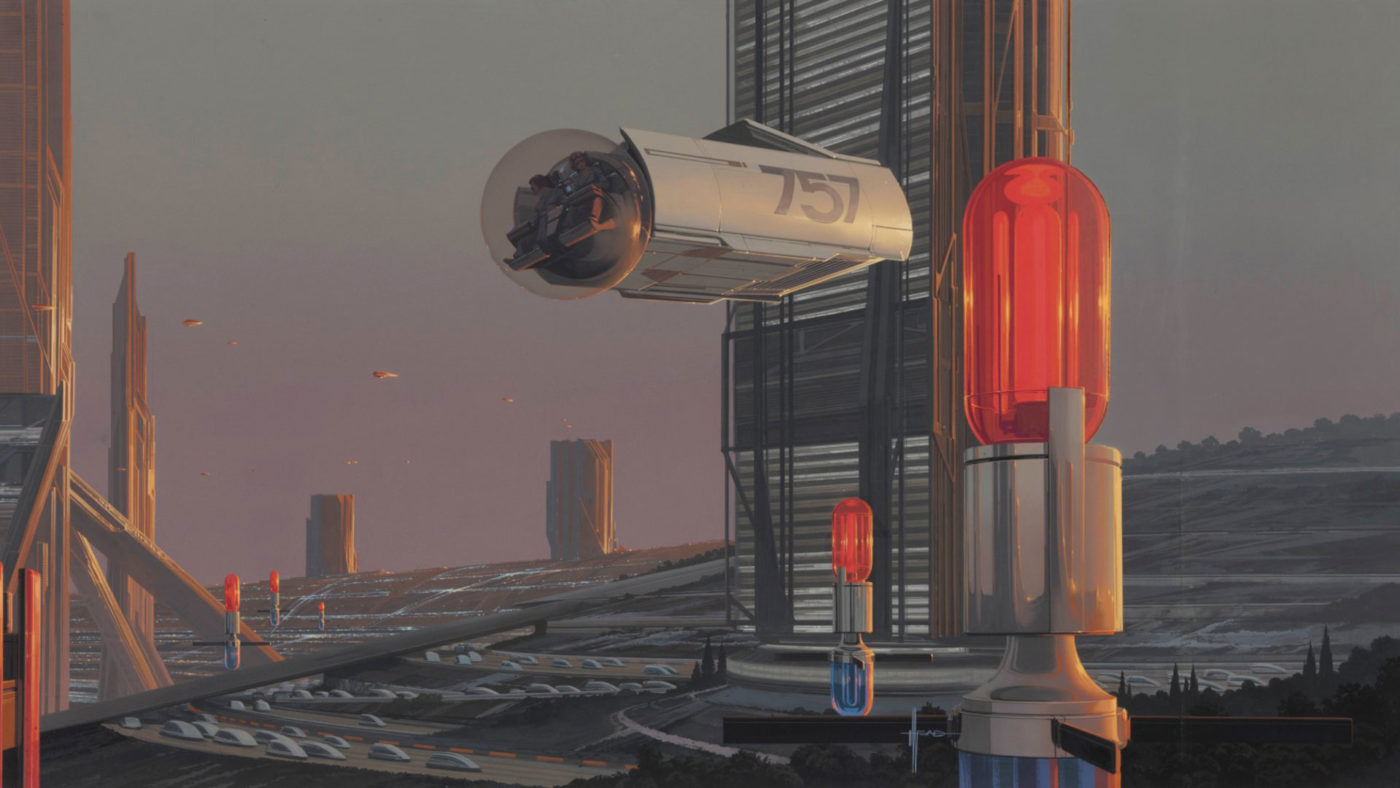
SYD MEAD – FUTURE CITIES
The Graz Museum presents the first solo exhibition in Austria with works by Syd Mead, the visionary of utopian film worlds and futuristic design who passed away in late 2019. Syd Mead, who created groundbreaking designs for companies such as Ford, Chrysler, Philips Electronics and Sony, worked for Hollywood since the 1970s. He created both breathtaking and futuristic worlds for legendary science fiction movies (Star Trek: The Motion Picture, Tron, Blade Runner, Aliens II, Mission to Mars, Elysium) that continue to have a lasting influence on film, industrial and game designers as well as architects and urban planners to this day.
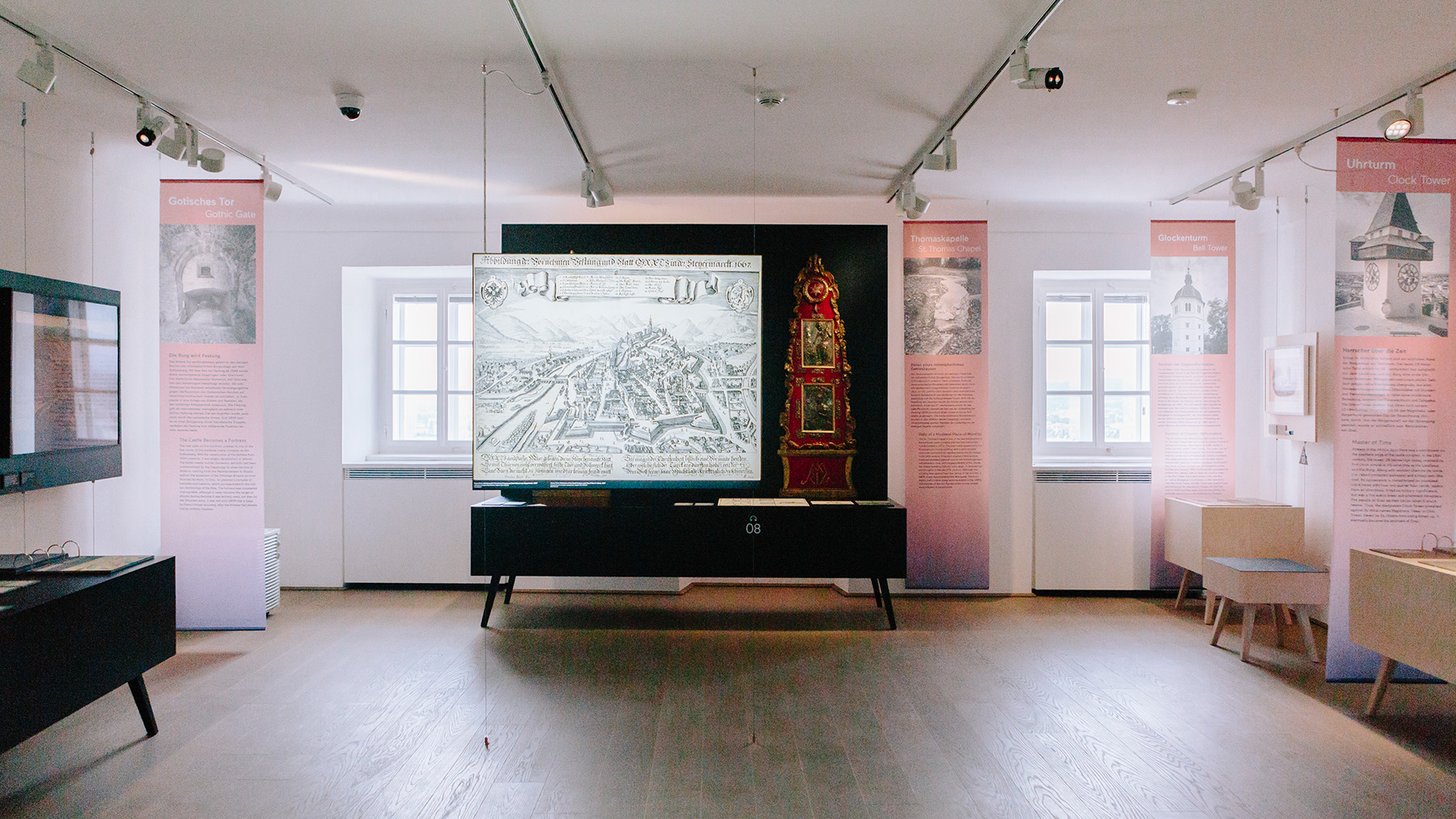
Graz Museum Schlossberg
In the Graz Museum Schlossberg visitors learn everything about the history of the Schlossberg and have the most beautiful and widest view of the city. A multimedia Schlossberg model in the underground casemate gives an insight into the mountain. The "Garden of Wonders" with shady hornbeams offers a unique place to arrive and linger. The museum is completely barrier-free and also provides attractive additional offers for blind and visually impaired visitors.
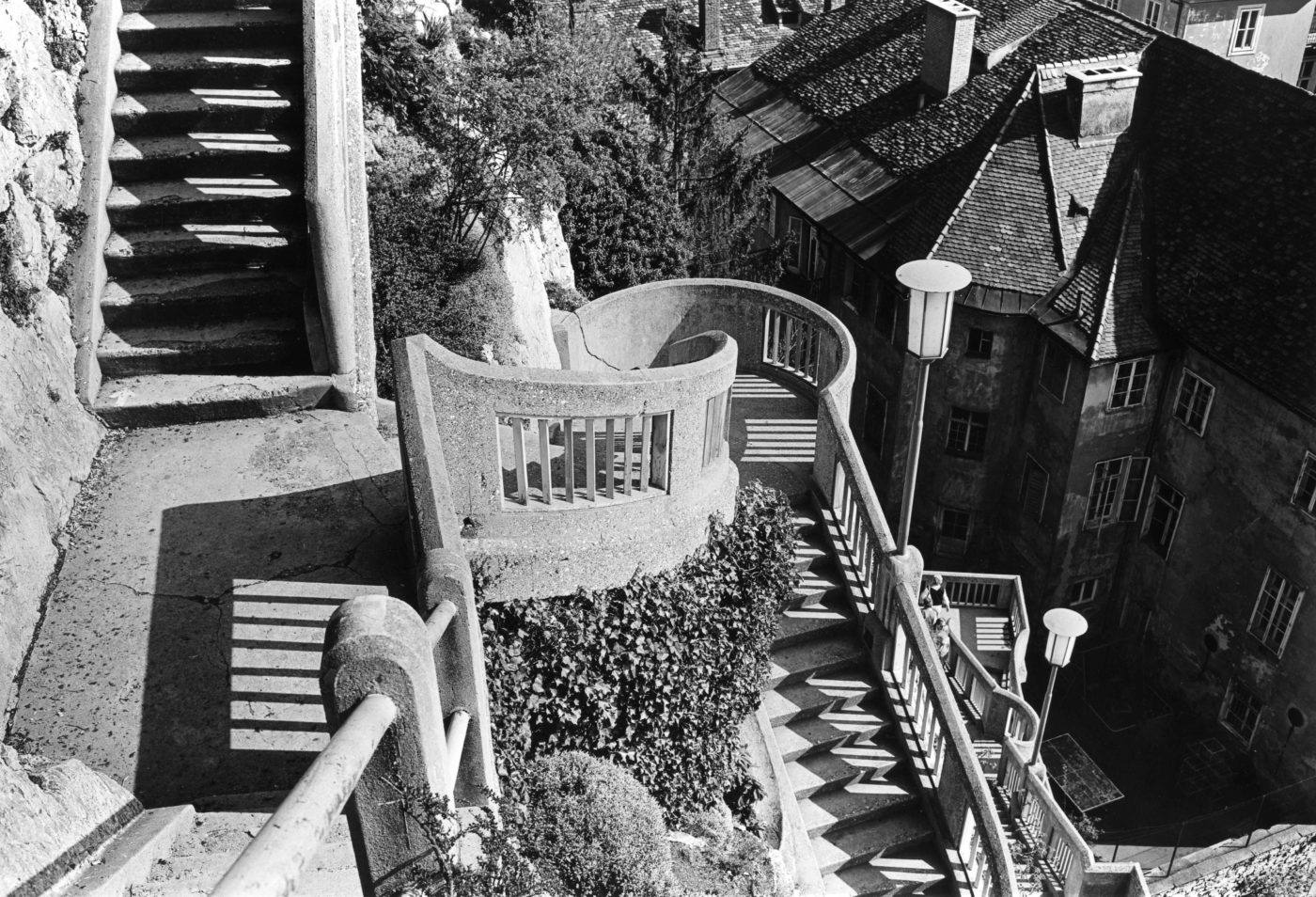
SCHLOSSBERG 1982
The 1981/82 black and white photo series created by the Graz-based Slovenian/Austrian photographer Branko Lenart is probably the most extensive photographic work of the 20th and 21st centuries on Graz’s local mountain. The almost completely deserted views illustrate the intertwining of cultural and natural space. The unusual and yet familiar views allow for a new interpretation of the mountain freed from the tourist postcard view.

Unbuilt Graz
The exhibition at the Graz Museum presents a selection of unrealised architecture of the 20th century in its socio-political context. Plans such as the Scheiner high-rise department store at Jakominiplatz (1929/30), the Garden City Marienwiese (1947), the Trigon Museum in the Pfauengarten (1988-93) or the Kunsthaus in the Schloßberg (1997) are exemplary in Graz for the perpetual debate about the compatibility of modern building culture with the preservation of the historic old town.

City Looking for Mountain
An exhibition on the history of the Graz Section of the Alpine Association founded 150 years ago.

Camp Liebenau-Graz
The GrazMuseum will show the first scientific exhibition on the former camp in Liebenau-Graz that has been in the focus of the culture of remembrence for many years.

Ecotopia
The exhibition shows scientific contributions oh FH JOANNEUM on the fields like conservation of resources, innovative mobility and regional food supply.

Looking at Graz!
The exhibition shows 426 photographs, which were taken at as many bus and tram stops in Graz, and photographically describes the actual state of affairs of the city.

Shaping Human Cities
The exhibition Shaping Human Cities presents experiments which took place within the framework of the Human Cities Project in eleven cities.

Jukebox. Jewkbox!
The exhibition Jukebox. Jewkbox! was a journey through the world of music that has changed many a life.

mp 1968/2017
The echoes from five decades in the anniversary exhibition of steirischer herbst were presented at the GrazMuseum.
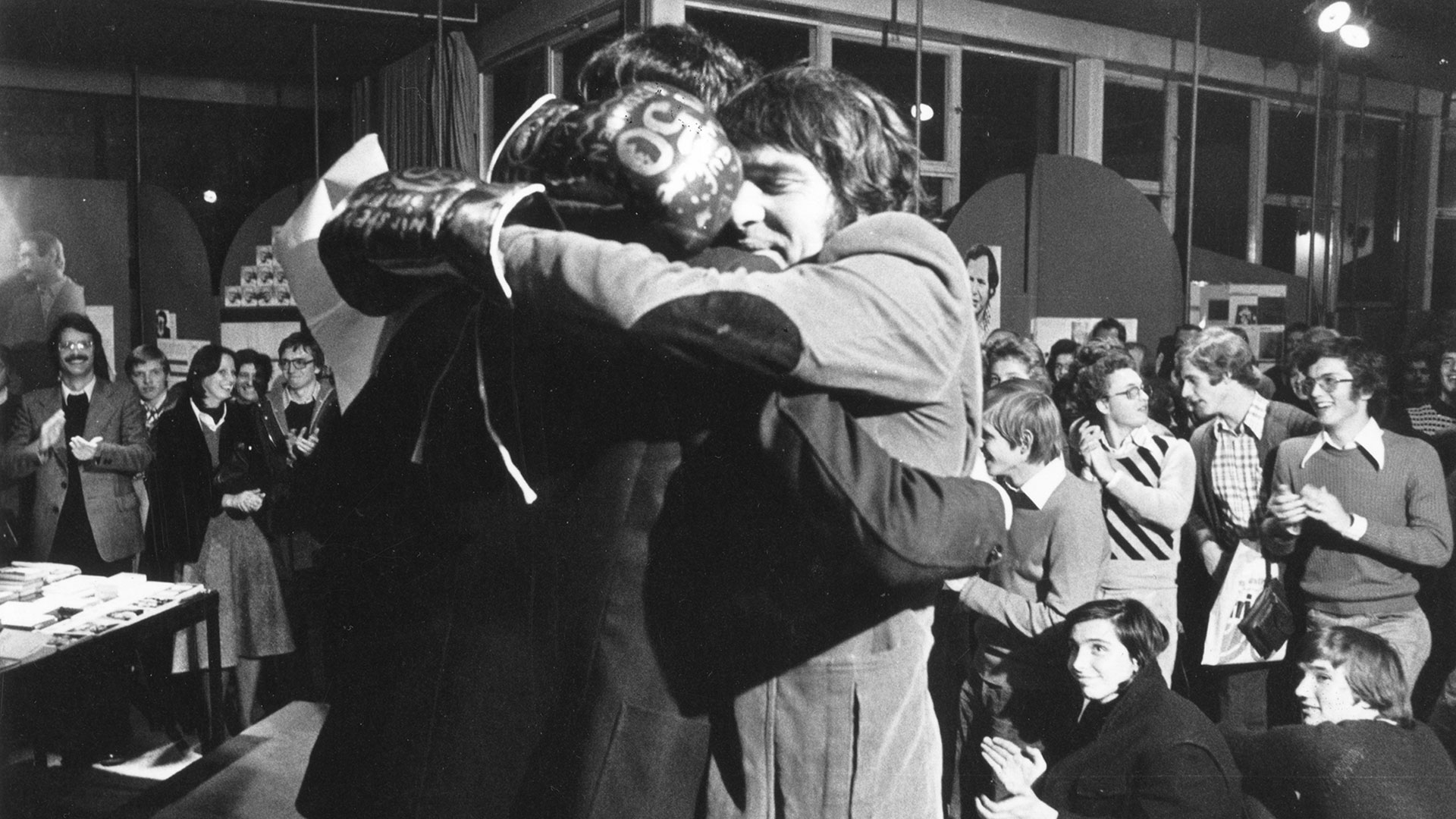
This Wilderness Has Culture
GrazMuseum traced fifty years of eventful festival activities, presented some curious archival finds and asked people to donate their personal memories of the festival in a video message.

Right in the Middle of it
This exhibition was about people with learning difficulties. About how they see the world and how they see themselves.

Vanished Graz
The exhibition showed pictures by Leopold Bude of the buildings destined for demolition that are one-of-a-kind documents about the everyday appearance of Graz before the Gründerzeit period.

The Story of Graz
The conflict history of the genesis of the city, its demographic development, gender issues, and the transforming appearance of Graz are combined with present-day issues such as globalisation, migration, diversity, or urban codetermination and transport policy.

The new Graz Museum Schlossberg
Im Graz Museum Schlossberg erhalten Besucher/-innen Information und Orientierung in historischer und topografischer Hinsicht. Dieses neue, familienfreundliche Museum stellt auf zeitgenössische Art die Geschichte des Schlossbergs und seine Bedeutung für Graz dar. Gemeinsam mit dem Graz Museum in der Sackstraße bildet das Graz Museum Schlossberg eine Klammer zwischen Berg und Stadt.
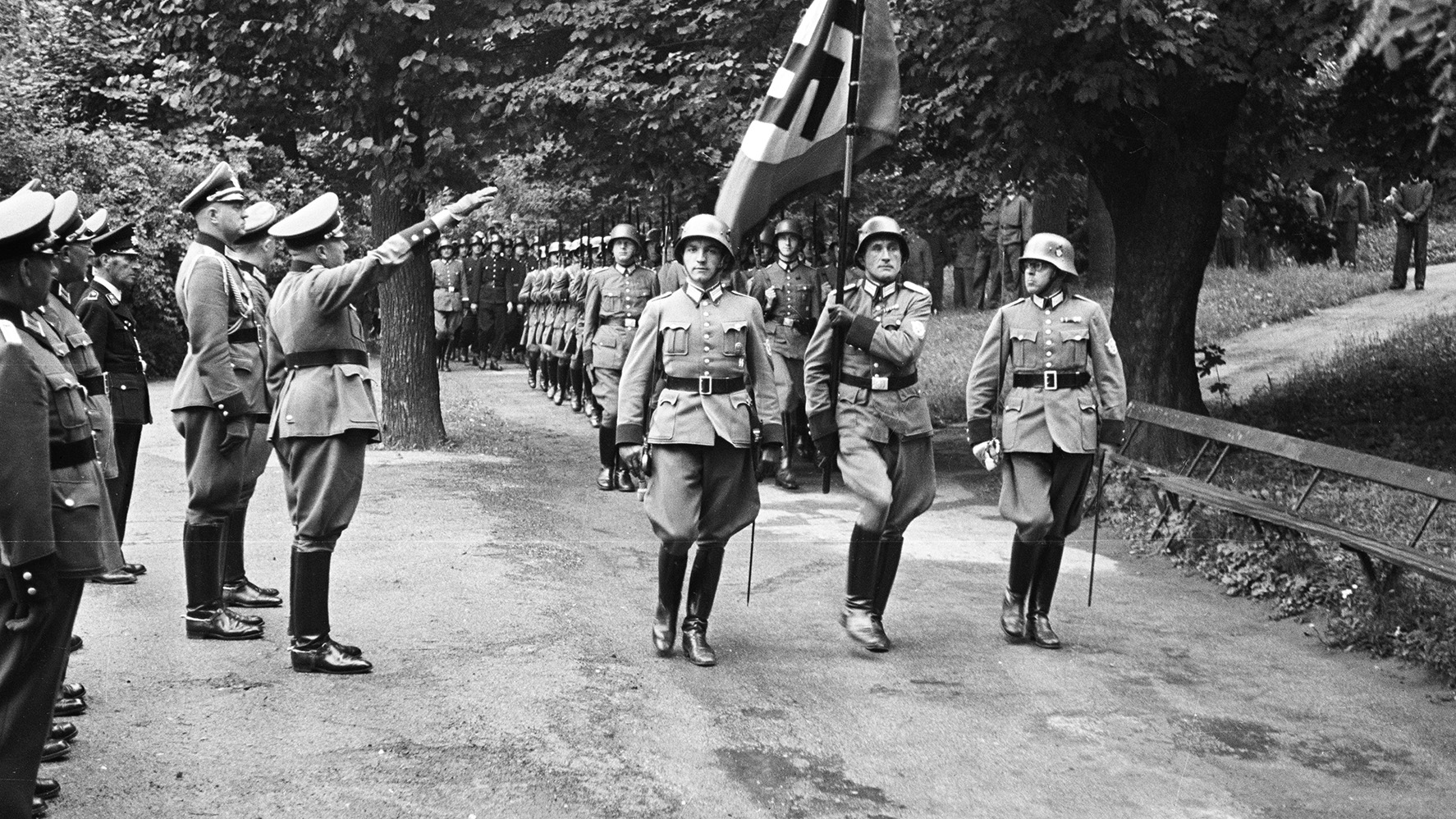
Hitler’s Executive
The exhibition offers an overview of the organization, tasks, and ethos of the executive branch in National Socialism including the breaks and continuities before and after National Socialist rule. Based on biographies, it shows the fates that befell Austrian police officers and gendarmes and how they acted—from the fight for freedom to tyranny and murder.

